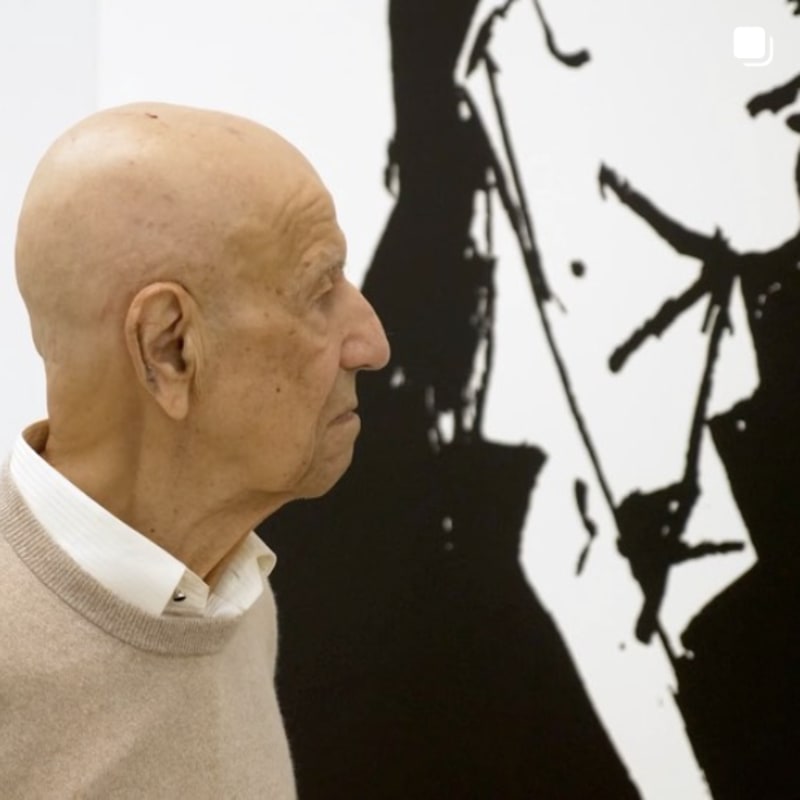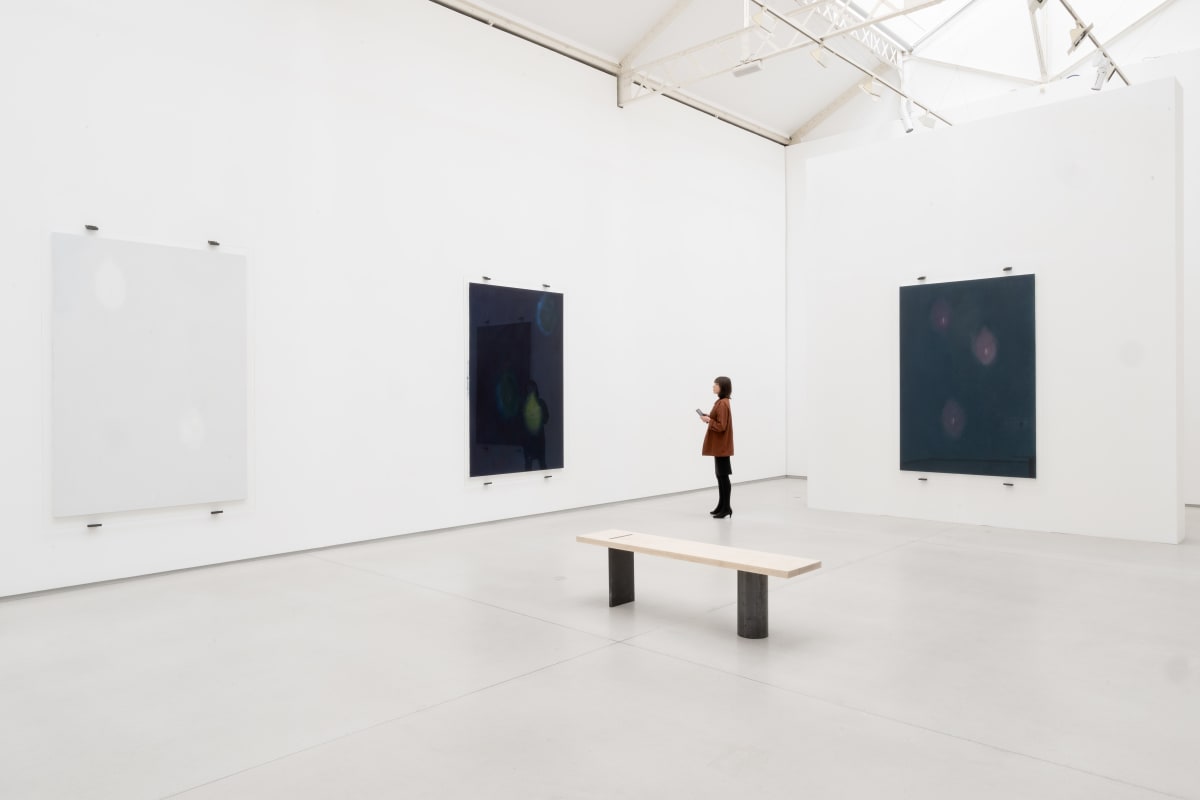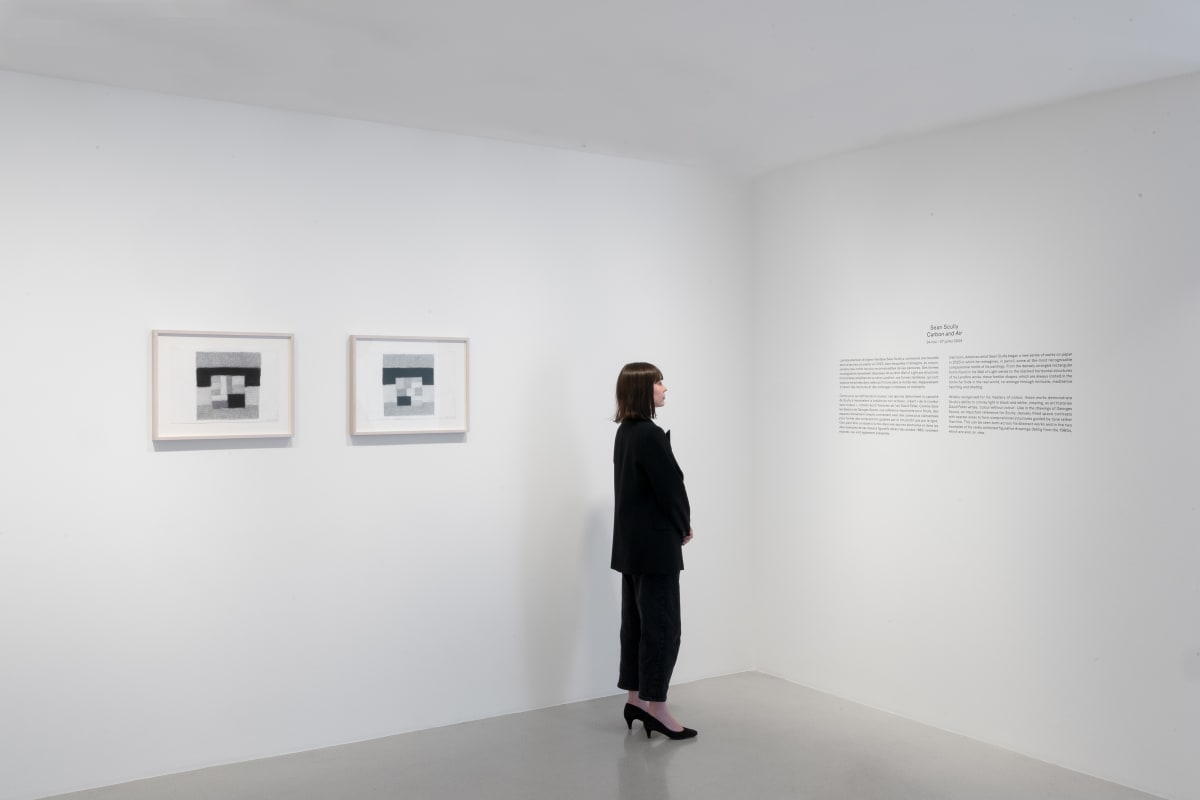Leading Light Rachel Jones talks to critic and curator Rianna Jade Parker
By Rianna Jade Parker
The artist Rachel Jones neatly follows an obscured but solid lineage of Black British abstract and expressionist painters, including Winston Branch, Aubrey Williams and Frank Bowling. Although formally trained at the Glasgow School of Art and the Royal Academy, her self-direction stems from a collage of opinionated friends and family.
When life drawing, she would often only capture parts of the body instead of the entire being, but over time, she began to focus on features; drawing eyes, or ears, and then mouths. Evocative and legible, her yellow, red and blue oil colour sticks take full liberty of oversize canvases, in which Blackness is present and represented without the body.
Her artwork is already in private collections and publications, and the 29-year-old is now set for some of the largest shows of her work to date. The director of the Hayward Gallery Ralph Rugoff selected Jones alongside 30 other painters who ‘exploit the unique characteristics of their medium to create fresh, compelling works of art that speak to this moment’ for its landmark exhibition, ‘Mixing It Up: Painting Today’, this autumn. Jones, among the youngest of the group, will present three recent artworks, including one monumental painting spanning more than five metres, entitled lick your teeth, they so clutch (2021). Meanwhile, a selection of her work will be on display at her gallery Thaddaeus Ropac, and the Chisenhale Gallery’s 2022–2023 programme opens with a new commission by Jones. I sat down with the artist in her Essex studio to discuss cultural identity, recurring motifs and why this is such a resonant moment in history for British Black artists.
Rianna: It still feels like the Black community is starting from the beginning with every generation, especially in precarious industries such as the arts. We start and then ‘it’ stops. But now those who are aged 30 and under, recent graduates or self-taught, can see themselves as part of a continued trajectory that doesn’t have to pause and wait for the wider art world to decide to accommodate them.
Rachel: You know, also, what is helpful is the art schools are trying to include more Black lecturers, even if they’re visiting. Artists see their mentors going into these spaces, but you need this to continue. There are huge gaps in people’s knowledge. The teaching has to be constant, forward-facing, fostering relationships.
Rianna: I want to know, was your formal training useful to you?
Rachel: At the Royal Academy, I feel like I learned a lot about how to interrogate my own thoughts and feelings through my practice in a way that I hadn’t before. I was trying to centre my experience
as a Black woman in a space that is predominantly white and, ultimately, not designed for me to thrive. So, I had to rely on my own understanding of art history and then figure out how to create work from that place. It made me more critical of myself and what I was doing, in a way where I was able to really be honest about what I wanted and what I needed from the work. That has put me in good stead. Now, coming out on the other side, being in a studio on my own and being here every day, grafting to get things produced, these are a reflection of my inner self, as is my relationship to paint and colour and ideas of community and how those things relate to one another. ‘What do you want for your work and how do you accomplish that?’ It was a pivotal moment for me when I had to answer that question.













































































































































































